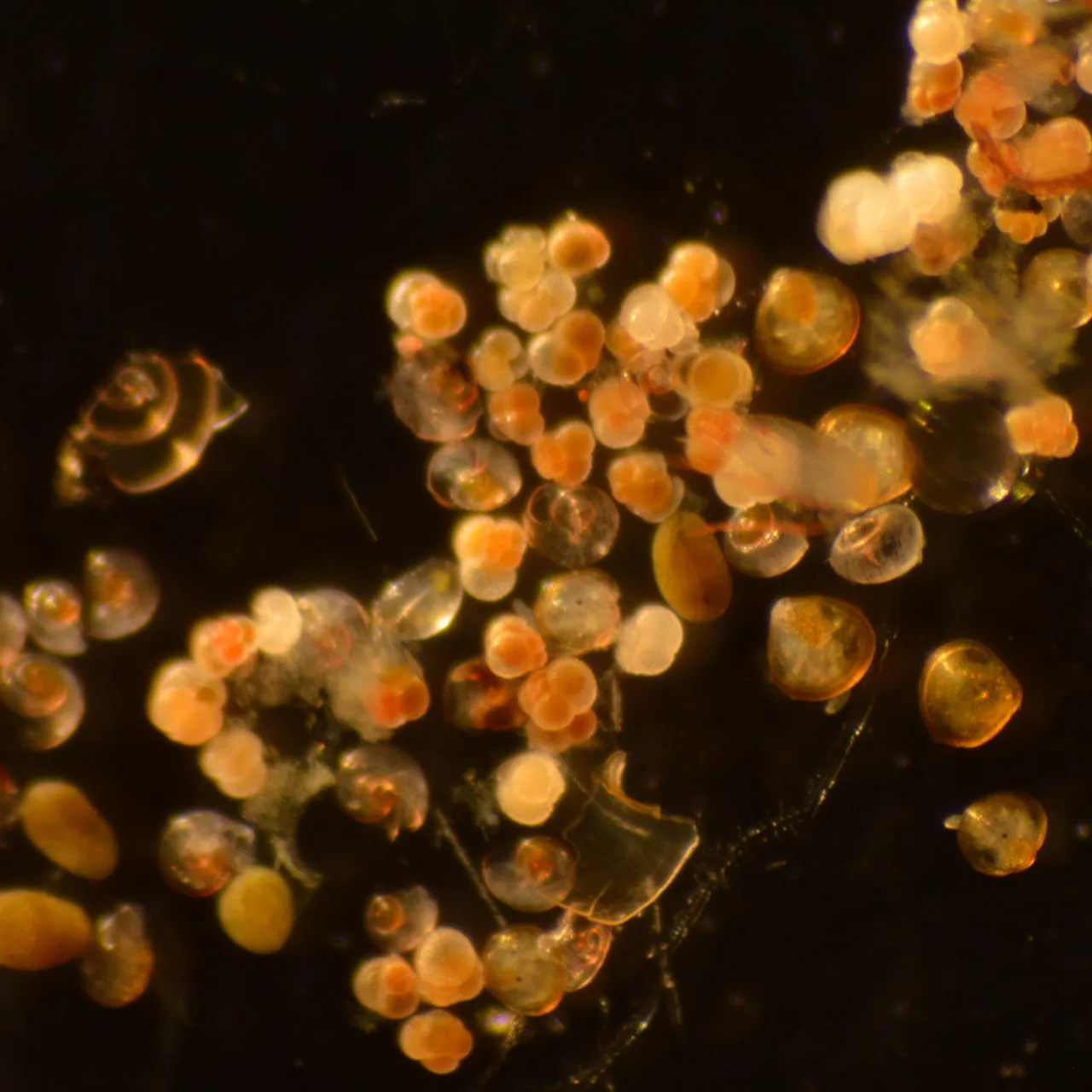Why we care
Foraminifera, or forams, are single-celled organisms that produce calcium carbonate shells and play a crucial role in the ocean’s carbon cycle. Ocean alkalinity enhancement aims to increase the ocean’s ability to absorb carbon dioxide by enhancing its buffering capacity. However, the impact of the addition of alkalinity on foraminifera is not well understood. ”Our work seeks to understand how a key group of marine organisms- plankton called foraminifera that make shells- would respond to ocean alkalinity enhancement. When these plankton make their shells, they actually take up alkalinity, which could make ocean alkalinity enhancement less efficient” says principal investigator Dr. Laura Haynes from Vassar College. This project investigates the effects of ocean alkalinity enhancement on these important calcifiers and how forams may impact the effectiveness of this carbon dioxide removal approach.
What we will do
To examine the effects of different materials used in ocean alkalinity enhancement on foraminifera, researchers will grow foraminifera in culture experiments and use advanced imaging techniques to examine the impact on calcification (shell building). They will test three materials: calcium carbonate, calcium hydroxide, and olivine. The research team anticipates that adding calcium-bearing minerals will increase foraminiferal calcification, reducing the effectiveness of ocean alkalinity enhancement, whereas adding magnesium-iron silicates will decrease calcification. The team will also investigate how respiration and shell chemistry of foraminifera respond to ocean alkalinity enhancement to understand changes in their physiology. The project will capture young tropical surface foraminifera as well as mid-latitude sediment-dwelling foraminifera to grow in the laboratory under different ocean alkalinity conditions. Results will help estimate global changes in the ocean’s calcium carbonate budget and its carbon dioxide absorption capacity under global ocean alkalinity enhancement scenarios.
Benefits of our work
“We need to understand how marine organisms would respond to these proposed climate solutions -not only to evaluate how well they would work, but also to understand the ramifications for global ecosystems” says Dr. Haynes.This research provides valuable insights into the potential impacts of ocean alkalinity enhancement on foraminifera and contribute to understanding of the effectiveness and consequences of this approach on a primary carbonate producer in the open ocean. The research will also contribute to increasing the diversity of the group of scientists involved in marine carbon dioxide removal research by engaging a group of undergraduate researchers from various backgrounds. The project emphasizes creating inclusive and supportive environments for students and making scientific data available for outreach and educational activities.
Award amount: $510,359
Funding source(s): NOAA
IRA funding? Yes
Project duration: 3 years
Investigators
Laura Haynes, Vassar College
Jennifer Fehrenbacher, Oregon State University
Emily Osborne, NOAA Atlantic Meteorological Laboratory
Read the webstory from Vassar College and press release from Oregon State University



